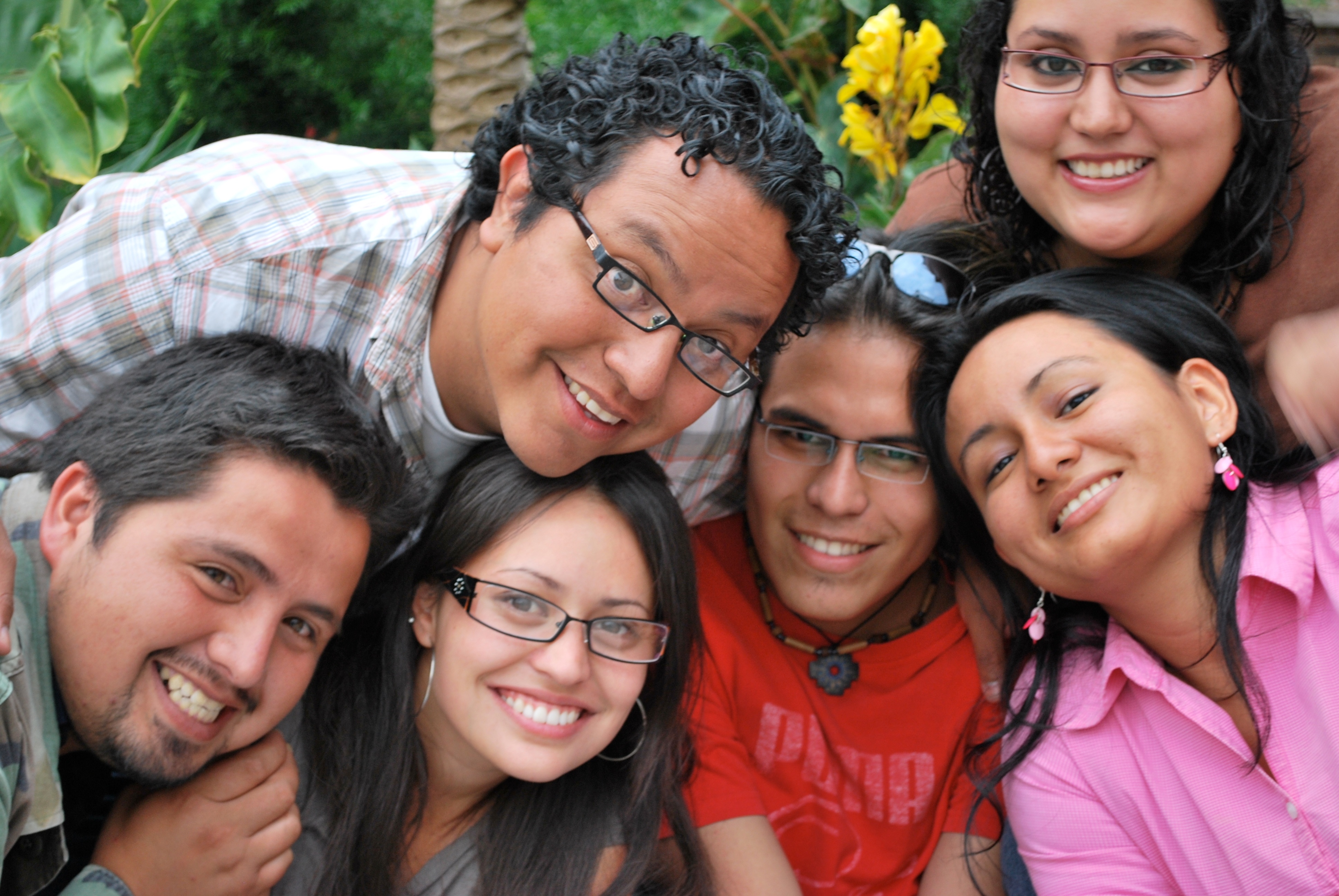
Hispanic Market Research: Don't Get Lost in Translation
Filed Under: Best Practices, Market Research, Hispanic / Latino

Juan Ruiz
Caution! What you said, what you meant to say, and what the other understood may not always be the same thing…
At C+R Research, we have a diverse group. Last week, it was the birthday of a Polish colleague. A few emails started going back and forth to see where we would take him for lunch. Then, one of our Hispanic colleagues sent an email that read “Szczesliwy dzien urodzenia.” Clever as she is, she had used an online site to translate “Happy Birthday” to Polish. That email triggered a chain of emails – all in Polish, although no one other than the birthday boy spoke Polish. Later he mentioned that many messages sounded funny because computer translations can be excessively literal.
This made me think about the challenges we face every day translating questionnaires. Our Hispanic division, LatinoEyes® specializes in the U.S. Hispanic market where most of our studies require conducting fieldwork in the respondent’s language of choice (English or Spanish). Paying special attention to our translations is crucial. If respondents answering questions in English understand the questions differently than the respondents answering in Spanish, our data and our findings will suffer.
Now, making sure that nothing is lost in translation is not an easy task. There are words that have different meanings in different Spanish-speaking countries, and even some expressions can vary significantly by length in different dialects. All of this adds complexity to the translation process.
How do we do it at LatinoEyes®? Through lots of communication! It is key that the person responsible for the translation is on the same page with the person who wrote the English version. The translator needs to be a speaker of the target dialect. We debate; we come to consensus. We have Spanish speakers from different countries of origin, and they have different levels of acculturation. They all share their point of view when needed.
How are you doing it?
explore featured
Case studies
